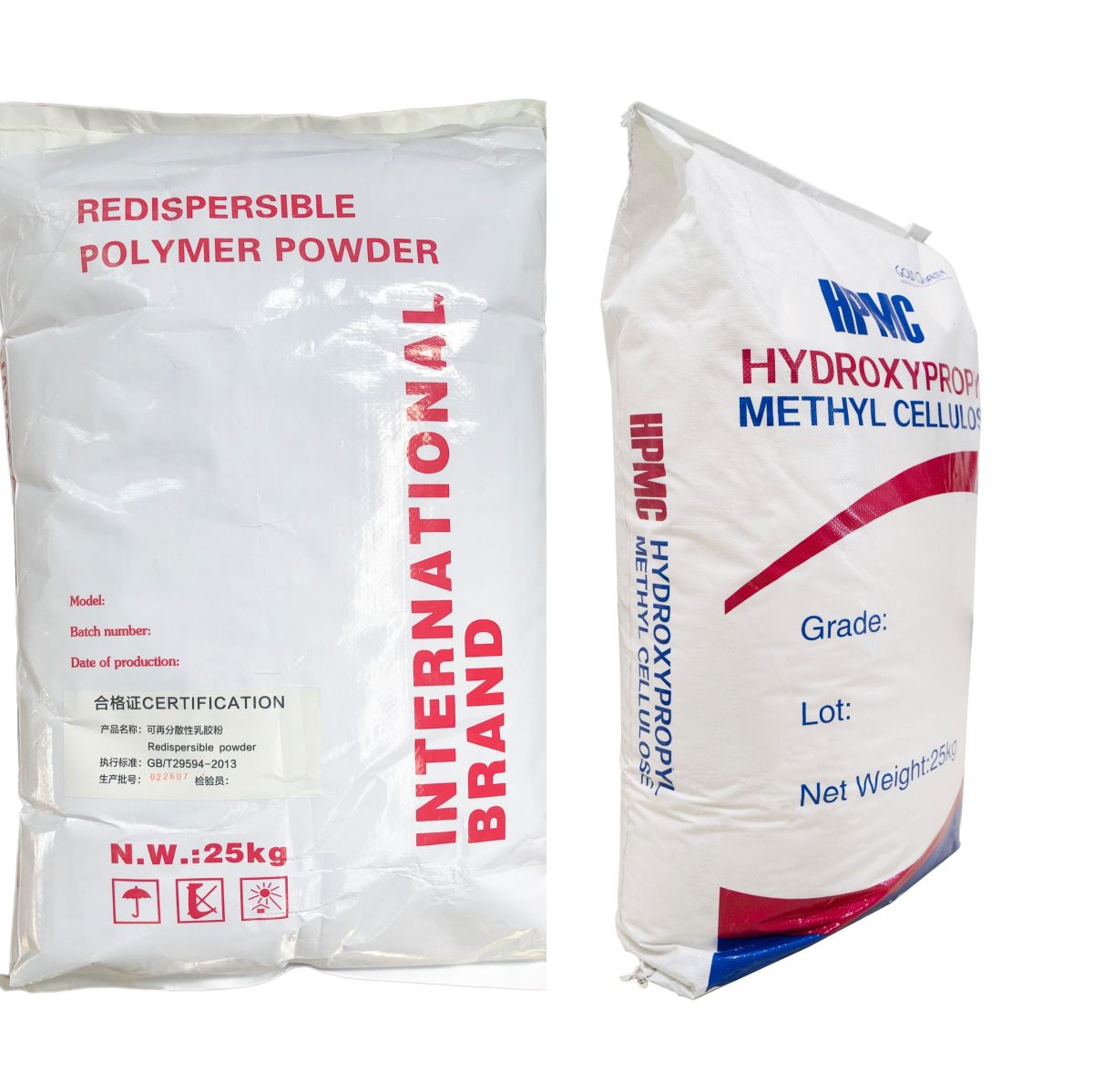Physical properties of redispersible latex powder
Redispersible polymer powder (RDP) is a high-efficiency polymer powder widely used in construction, coatings and other industries. It is made by dispersing a polymer emulsion in water, then drying to form a powder. The powder can be easily redispersed in water to form a stable emulsion, making it a versatile polymer.
The physical characteristics of RDP play a crucial role in its performance and suitability for different applications. In this article, we’ll discuss the various physical properties of RDP and why they matter.
Particle Size and Distribution
The particle size and distribution of RDP determine its fluidity and ease of handling. The smaller the particle size, the better the fluidity. RDP powders are typically in the 5-200 micron range and have a narrow particle size distribution. The uniform particle size distribution ensures that the powder disperses easily in water and provides a stable emulsion.
Bulk density
Bulk density is the weight of RDP per unit volume. The bulk density of RDP powder affects its storage and transportation. Lower bulk density means more volume for the same weight and requires more storage space. On the other hand, a higher bulk density means less bulk for the same weight and requires less storage space.
The bulk density of RDP varies by type, grade and formulation. Its range is 200-700 kg/m3. In general, lower bulk densities are desired for easier handling and transport.
water content
Water content is an important characteristic of RDP as it affects its storage stability, dispersibility and film-forming properties. Water content may vary depending on manufacturing process, storage conditions and formulation. Typically, the water content in RDP ranges from 1-3%, keeping the water content low to improve the storage stability of the powder.
Film-forming properties
RDP is commonly used as an adhesive or adhesive in construction and coatings applications. Its film-forming properties, such as adhesion, cohesion, and flexibility, are critical in determining its suitability for various applications.
The film-forming properties of RDP depend on the type of polymer used, emulsifier type and polymer concentration. RDPs are engineered to provide specific film-forming characteristics to meet the requirements of different applications.
redispersibility
Redispersibility refers to the ability of RDP to form a stable emulsion when added to water after drying. This feature is critical in many applications as it allows for easy handling and mixing.
The redispersibility of RDP depends on the type and quality of emulsifier used in the manufacturing process and the storage conditions of the powder. RDP powders can have varying redispersion properties ranging from almost instant to minutes.
viscosity
Viscosity is a measure of a material’s resistance to flow. The viscosity of an RDP emulsion affects its application properties such as spreadability, leveling and wetting. Higher viscosities provide better film formation and stability, but may make applications more challenging.
The viscosity of RDP emulsions depends on the concentration of polymer, emulsifier type and formulation. It can range from low to high, depending on the application requirements.
in conclusion
In conclusion, the physical characteristics of RDP play a crucial role in its applicability and performance. Particle size, bulk density, water content, film formation, redispersibility and viscosity are the basic physical properties of RDP. By understanding these characteristics, manufacturers can tailor RDP for specific applications to meet different customer needs. RDP is considered one of the most versatile and efficient polymer powders, making it ideal for many industries including construction, coatings and adhesives.
Post time: Jul-03-2023

